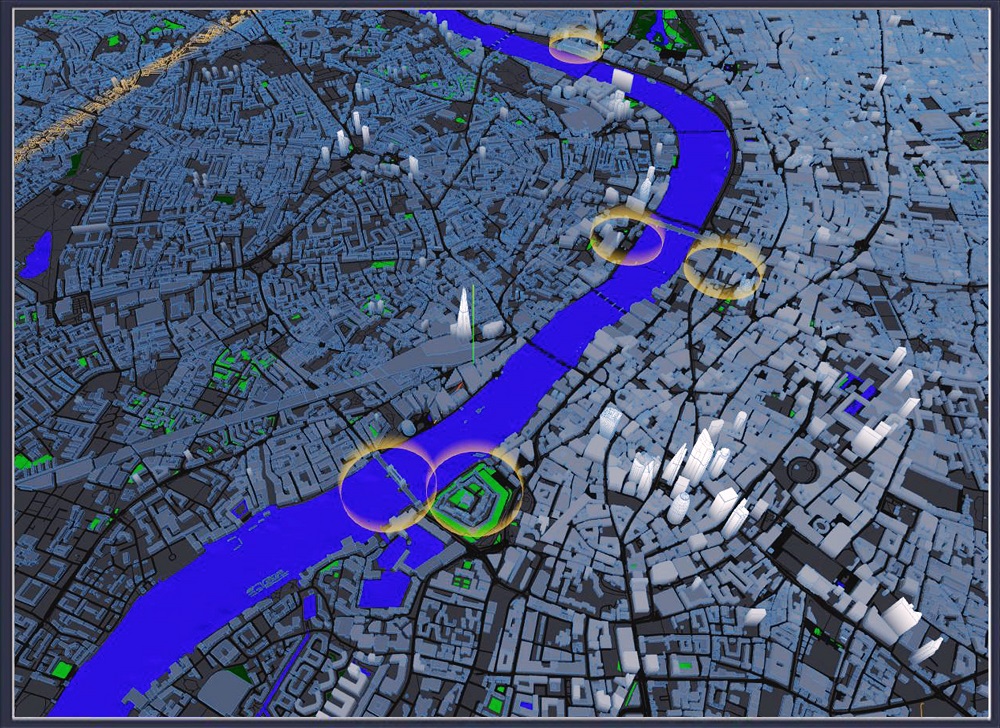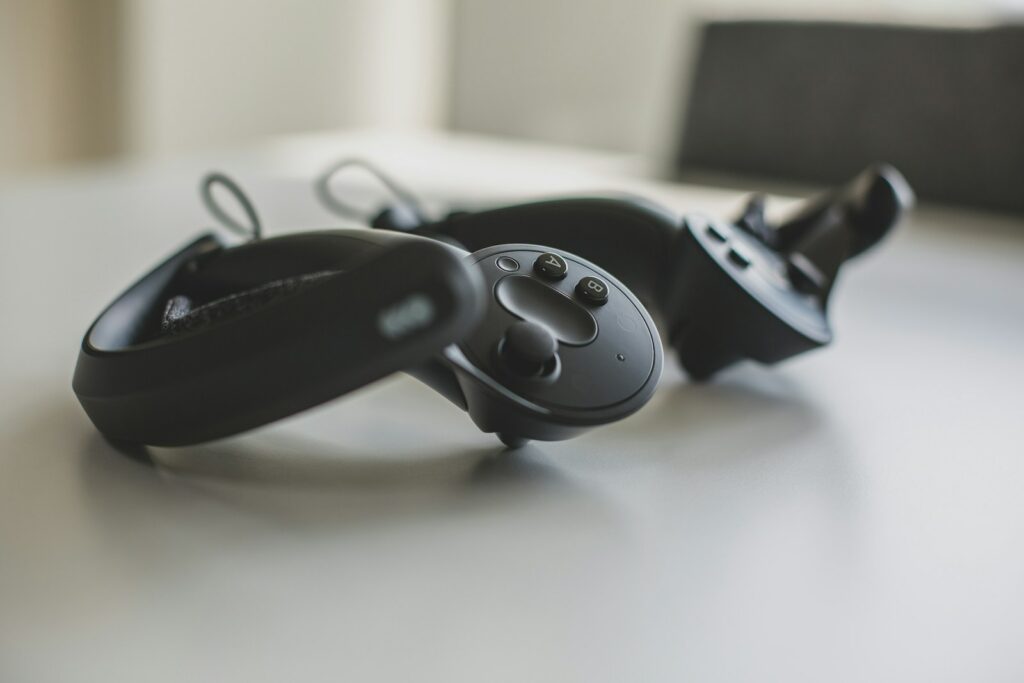PRESS RELEASE – LONDON, ENGLAND, August 16, 2024 /EINPresswire.com/ — Next-Gen AI-enhanced digital twin breathe new life into architectural heritage preservation. The UK’s first city-level AI-enhanced digital twin platform for the operation and preservation of heritage buildings has recently been launched by Dr. Jiaying Zhang. This groundbreaking platform aims to monitor and manage the environment, building envelope deformation, and energy consumption of heritage buildings, while promoting cultural interaction and public engagement through the integration of generative Artificial Intelligence (AI) technologies.
The UK is renowned for its rich architectural heritage, featuring diverse styles such as Gothic, Romanesque, Baroque, and Victorian. These structures reflect various cultural characteristics from different historical periods. The UK government strictly protects heritage buildings and emphasizes their adaptive reuse to meet modern needs while providing the public with a wealth of cultural resources. However, the addition of modern equipment has significantly increased the energy consumption of heritage buildings. Furthermore, climate change, rising sea levels, and extreme weather events pose environmental challenges to heritage buildings in London. To tackle these challenges, Dr. Jiaying ZHANG has developed the UK’s first city-level AI-enhanced digital twin platform for heritage buildings.
Effective Management Through Multiple Heritage Preservation Zones
The AI-enhanced digital twin platform divides London into various heritage preservation zones for more effective management: (1) Historic Cultural Center Zone: This zone encompasses core landmarks, offering emergency management support through weather monitoring and early warning systems. It also promotes cultural dissemination and public engagement through AI-based Large Language Models (LLMs). (2) Residential Heritage Zone: Monitors building deformation and energy consumption, utilizing AI visual recognition to identify building defects such as cracks in ceilings, walls, and glass, and optimizes heating equipment control to reduce building envelope cracking and energy consumption. (3) Suburban, Riverside, and Water Areas: Monitors weather and water levels to tackle climate change challenges, protecting the historical features of riverside buildings.

Monitoring Urban Heritage Building Environment and Energy Consumption
The platform presents urban buildings, rivers, and transportation elements in a three-dimensional format. It integrates remote sensing technology, meteorological data, and Geographic Information Systems to regularly monitor riverbanks and water bodies, providing water level information and change trend predictions. The platform generates visual maps, identifies potential risk areas, assesses flood risks, and provides scientific evidence for decision-makers to promptly address climate change and environmental challenges. The platform integrates and analyzes real-time weather data to assess its impact on building energy consumption, using color coding to visualize energy usage in historic buildings, helping managers identify high-energy consumption heritage buildings, and develop energy-saving strategies for urban management.
Improving Deformation and Energy Use of Individual Heritage Building
Users can access the sub-platform for individual heritage buildings from the city-level platform to monitor and automatically optimize the environmental conditions of individual buildings in real-time, particularly air quality, building envelope status, and energy consumption. In the UK, the demand for air conditioning is low, but during winter, residents generally use heaters for warmth and dehumidification. Dr. Jiaying ZHANG has investigated the impact of heaters on the deformation and cracking of brick and stone heritage buildings in the UK.
For London’s typical brick and stone residential heritage buildings, a digital twin model of the 300-year-old Southside House in London has been established. The platform achieves comprehensive monitoring of deformation and energy consumption of heritage buildings in London through the integration of infrared thermal imaging, sensor networks, simulation analysis, and AI recognition technologies. The AI computer vision detection method developed for brick and stone heritage buildings monitors and identifies defects in glass, walls, and floors. Dr. Jiaying ZHANG has developed a temperature and structural deformation coupling simulation method to analyze the thermal distribution and structural deformation of the 300-year-old residential building, identifying potential structural issues caused by heater placement and power setting, and predicting future risks. The platform optimizes the heating system through intelligent algorithms, enhancing energy efficiency while preserving the building.
Cultural Interaction and Public Engagement
The advent of Large Language Models (LLMs) AI has brought revolutionary changes to many fields, including the study and dissemination of ancient architecture knowledge. The platform employs LLMs to create interactive intelligent agents that assist users in easily identifying and querying the complex semantic components of heritage buildings based on vague queries. Given the complexity of Gothic architectural styles, non-experts often face challenges in identifying the semantic components of these buildings. This intelligent agent enables quick access to information such as the historical background, architectural style, and cultural significance of sites like Westminster Abbey in UK. The LLM agent algorithm was mainly completed by team member Jeff Chak Fu CHAN, enhances the documentation and query capabilities of heritage components within the digital twin.













